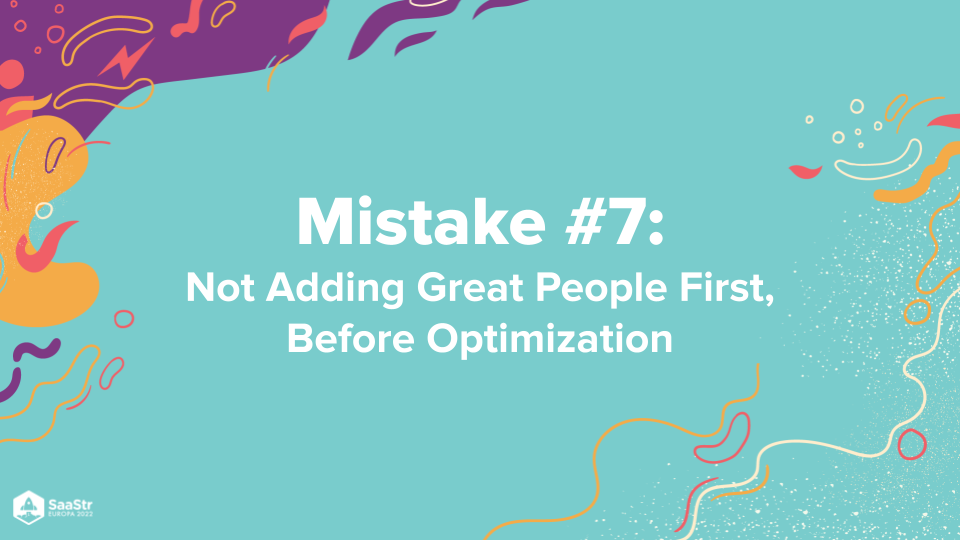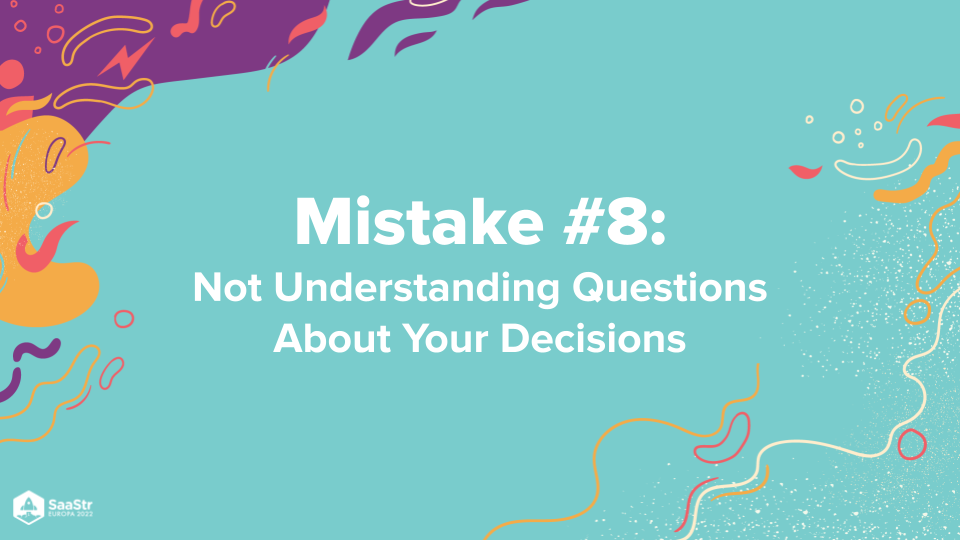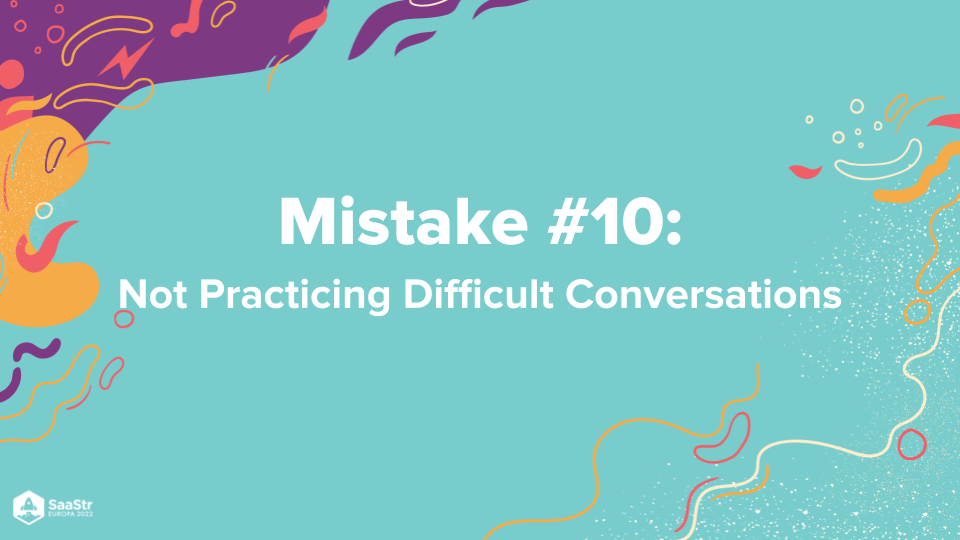ZoomInfo founder and CEO Henry Schuck recently sat down with SaaStr CEO Jason Lemkin to share where he went wrong, what he would do differently, and how to avoid making the same mistakes he did.
There’s so much to learn from ZoomInfo’s journey to $1B in ARR that we’ve broken it down into two parts. Catch part 1 here if you missed it. Part 2 is below:
Mistake 6: Not knowing that you have to develop people
As a startup, not everyone you hire will come in at the top of their game. You may recruit a few superstar employees, but most of your people will have the aspirations to become a superstar. It’s on you to develop your people into strong performers along with the rest of your company.
Because good talent will often plateau, prioritize communicating and giving feedback to your team.
- Tell them where they are falling behind, where the gaps are in their performance.
- Ask if there is a known reason for this plateau so that you can understand what they need to become a high performer.
- Lay out your expectations.
Some people burn out and need to be moved into another business area. With such talent, you need to acknowledge opportunity costs. Is the business losing money for every additional task given to them? If yes, you need to decide if it’s best to let them go. But first, it’s essential to provide them with honest and direct feedback.
Another concern is when the talent you have doesn’t have the skills to manage over a certain amount of revenue. When this is the case, bring in someone above that person who has the experience and skills to take the business to the next level. The key to doing this right is finding a manager who has greater experience and skill than your current talent so that your team can learn from your new hire.

Mistake 7: Not adding great people before optimization
There are two types of businesses. First is the business that has automated everything so that fewer people can manage much more than they usually would be able to. Second is the business with great people who inspire, coach, and mentor the people in their team. The mistake startups make is trying to over-optimize everything from the beginning without focusing on adding great people to the team.
“If something’s going well, don’t pre-optimize.”
ZoomInfo learned that when things are going well, it is a great time to hire more people. It doesn’t have to be perfectly optimized. You can take care of making things effective when you have a great set of people working with you.

Mistake 8: Not understanding questions about your decisions
People will often defensive when asked questions regarding their decisions. They think it is a sign of disagreement. Rather, it is the opposite. When someone asks a question they are probably trying to understand your decision-making process, what your inputs were, and how you arrived at that conclusion.
“When people question, it’s not them questioning your process. They just want to be a part of it.”
Similarly, when you make a decision as a leader, you have an obligation to bring your people along so they can understand how decisions are made and appreciate the thought and strategy behind them. Encouraging questions is a vehicle to help do that. You have more information about the business. When you answer questions from your team, you relay that information to them, and they can get behind your decision.
Mistake 9: Not having the right account structure
Once you get to a certain number of customers, segmentation is necessary. Don’t treat all your customers the same. You can segment them in multiple ways: by industry, size, growth potential, etc. This account structure is required so you can meet the unique needs of them all and not accidentally ignore the needs of some.
The crucial learning here is that you’re never really done. You’re always re-segmenting. It’s because once you segment, the small customers within any segment start getting less attention. For example, a few $50k/year customers in a sub-$100k segment. To avoid that from happening, you create a new sub-$50k segment, assign a team to that segment and focus on all the customers equally.
“Your account structure is always changing.”

Mistake 10: Not practicing difficult conversations
As a leader, you will have difficult conversations with peers and staff members. Leaders make the mistake of thinking that once they are CEO, they can have those conversations without practice. That’s not wise.
To have these conversations effectively, you need to practice them. Practice how you are going to say hard things and give difficult feedback and listen to how it sounds. Think through reactions and responses and iterate how you will give feedback.
“The result of conversations with and without practice is on completely different extremes.”
As you scale, you might think you’ll get more comfortable with these conversations, but it is increasingly important to practice difficult conversations frequently.

